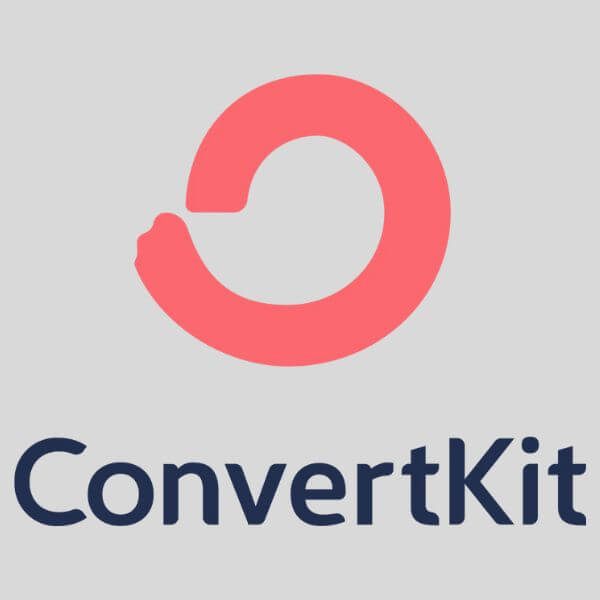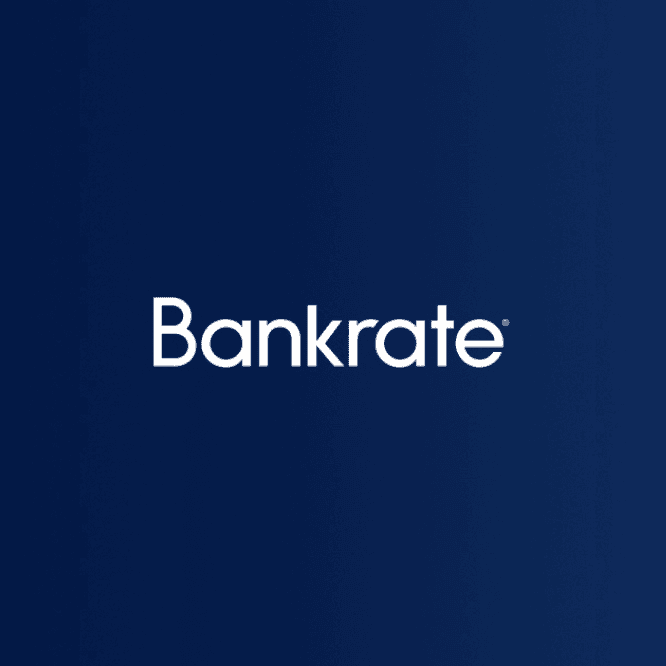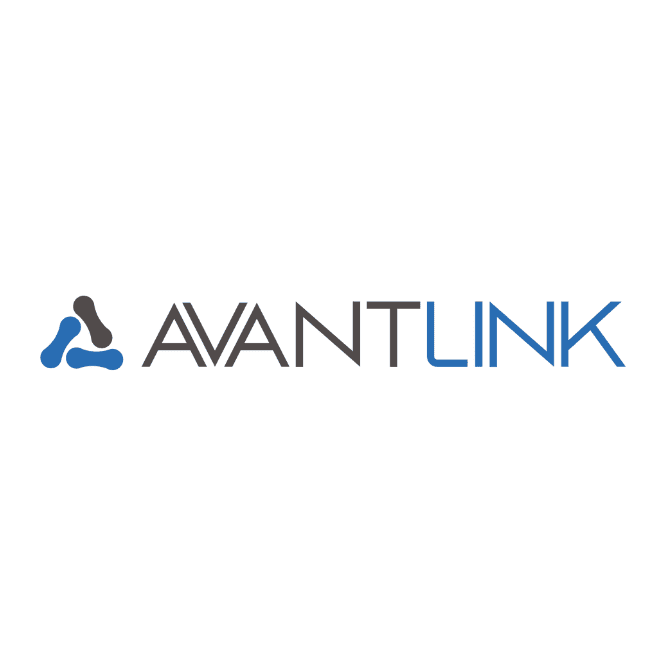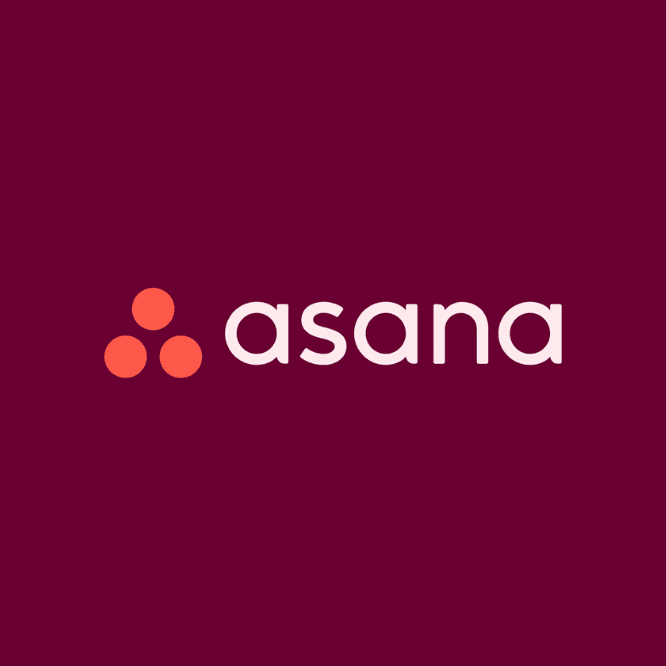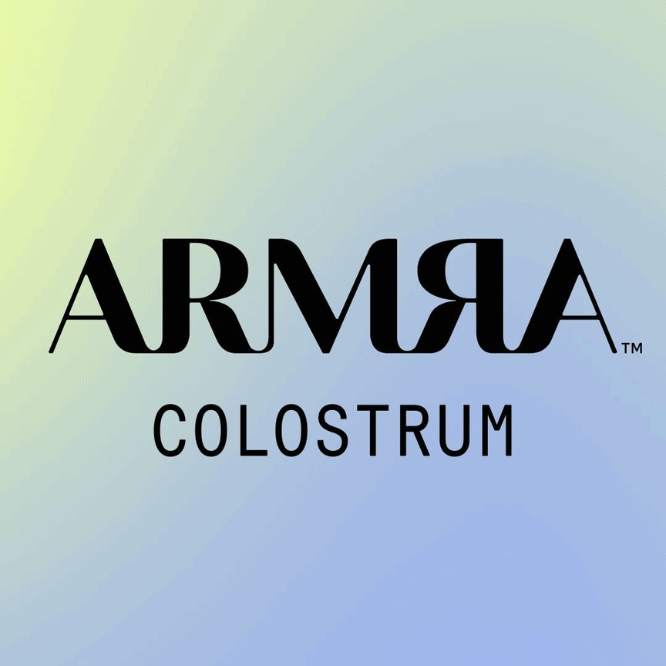About Kit (formerly ConvertKit)
Kit (formerly known as ConvertKit) is a leading email marketing platform designed specifically for creators. Unlike generic marketing tools, Kit focuses on the needs of bloggers, authors, podcasters, YouTubers, and course creators. It provides powerful automation, landing pages, and email broadcast capabilities that help creators grow their audience and monetize their work.
The brand recently rebranded to “Kit” to reflect its evolution into a “operating system for creators,” expanding beyond just email to include commerce and deeper creator tools.
Kit Affiliate Program Overview
The Kit Affiliate Program is widely recognized in the creator economy for its generous recurring commission structure. It is a SaaS (Software as a Service) affiliate program that pays partners for referring paying subscribers.
| Feature | Details |
| Industry | Email Marketing / Creator Economy / SaaS |
| Product Type | Digital Software Subscription (Email Marketing, Automation, Commerce) |
| Affiliate Program Type | Recurring SaaS / Cost Per Sale (CPS) |
Kit Affiliate Program Offers
Kit provides affiliates with robust tools to succeed. The program is managed through PartnerStack, which offers a transparent dashboard and reliable tracking.
| Feature | Details |
| Promotional Materials | Banners, graphics, video assets, swipe copy, and webinars. |
| Affiliate Cookie Duration | 90 Days (Generous window to capture conversions) |
| Accepted Traffic Sources | Content marketing (blogs/YouTube), Social Media, Email lists.
(Note: Paid ads bidding on brand keywords like “ConvertKit” or “Kit” are strictly prohibited) |
| Accepted Countries | Global (Available in all countries not under strict US sanctions) |
| Explicit Content | Strictly Prohibited. (Content depicting sexual acts or violence is banned) |
| Religious or Political Content | Restricted. Content must comply with the Acceptable Use Policy. While not universally banned, content that promotes hate speech, discrimination, or harassment based on religion/politics is prohibited. |
Kit Affiliate Commissions & Payments
Kit recently updated its commission model to be highly competitive for new referrals, offering a high percentage for the first year.
| Feature | Details |
| MLM (Multi-Level Marketing) | No (It is a single-tier affiliate program) |
| Commission Rate | 50% for the first 12 months.
(Rates change to 10–20% lifetime after year 1 if you meet specific referral volume tiers) |
| Commission Structure | Recurring (Paid monthly as long as the user subscribes) |
| Payout Frequency | Monthly (Net-30 basis, paid the month following the commission approval) |
| Payout Methods | PayPal or Stripe (via PartnerStack) |
| Minimum Payout | $5.00 (Very low threshold via PartnerStack) |
Suitable Affiliates for Kit
This program is specifically designed for content creators who teach others how to build an online business. It is most suitable for:
- Bloggers: Especially those in the “Make Money Online,” “Digital Marketing,” or “Blogging Tips” niches.
- YouTubers: Tech reviewers, marketing educators, and creator economy commentators.
- Influencers: Instagram/LinkedIn leaders who mentor other entrepreneurs.
- KOLs (Key Opinion Leaders): Marketing experts whose recommendations carry weight in the industry.
- KOCs (Key Opinion Consumers): Everyday users of Kit who share their personal growth stories.
- Video Editors: Who can recommend Kit as a tool for clients to build their email lists.
- Livestreamers: Who can showcase the tool live or use it to gather their own audience.
Kit Affiliate Software
Kit now uses PartnerStack to manage its affiliate program. (Note: Historically, they used LinkMink, but the program has migrated to PartnerStack for better tracking and marketplace exposure.)
3 Alternatives for Kit Affiliate Program
Here is a comparison of Kit against three of its top competitors in the email marketing space: ActiveCampaign, AWeber, and GetResponse.
| Comparison Factor | Kit (Focus) | ActiveCampaign | AWeber | GetResponse |
| Average Bill | Medium ($29–$79/mo) | High ($49+/mo usually) | Low/Medium ($20+/mo) | Medium ($19+/mo) |
| Entry Fees | Free to Join | Free to Join | Free to Join | Free to Join |
| Withdrawal Threshold | ~$5.00 | $100.00 | $30.00 (US) / $50 (Intl) | $50.00 |
| Payment Frequency | Monthly (Net-30) | Monthly | Monthly | Monthly around the 20th |
| Commission Rate | 50% (First 12 Mo) | 20% – 30% (Recurring) | 30% – 50% (Recurring) | 33% (Recurring) OR $100 (One-time Bounty) |
| Conversion | High (For creators) | Medium (Complex tool) | Medium (Legacy tool) | High (Versatile tool) |
| Marketing Materials | Excellent (Creator focused) | Good (Corporate focused) | Good (General) | Excellent (Wide variety) |


